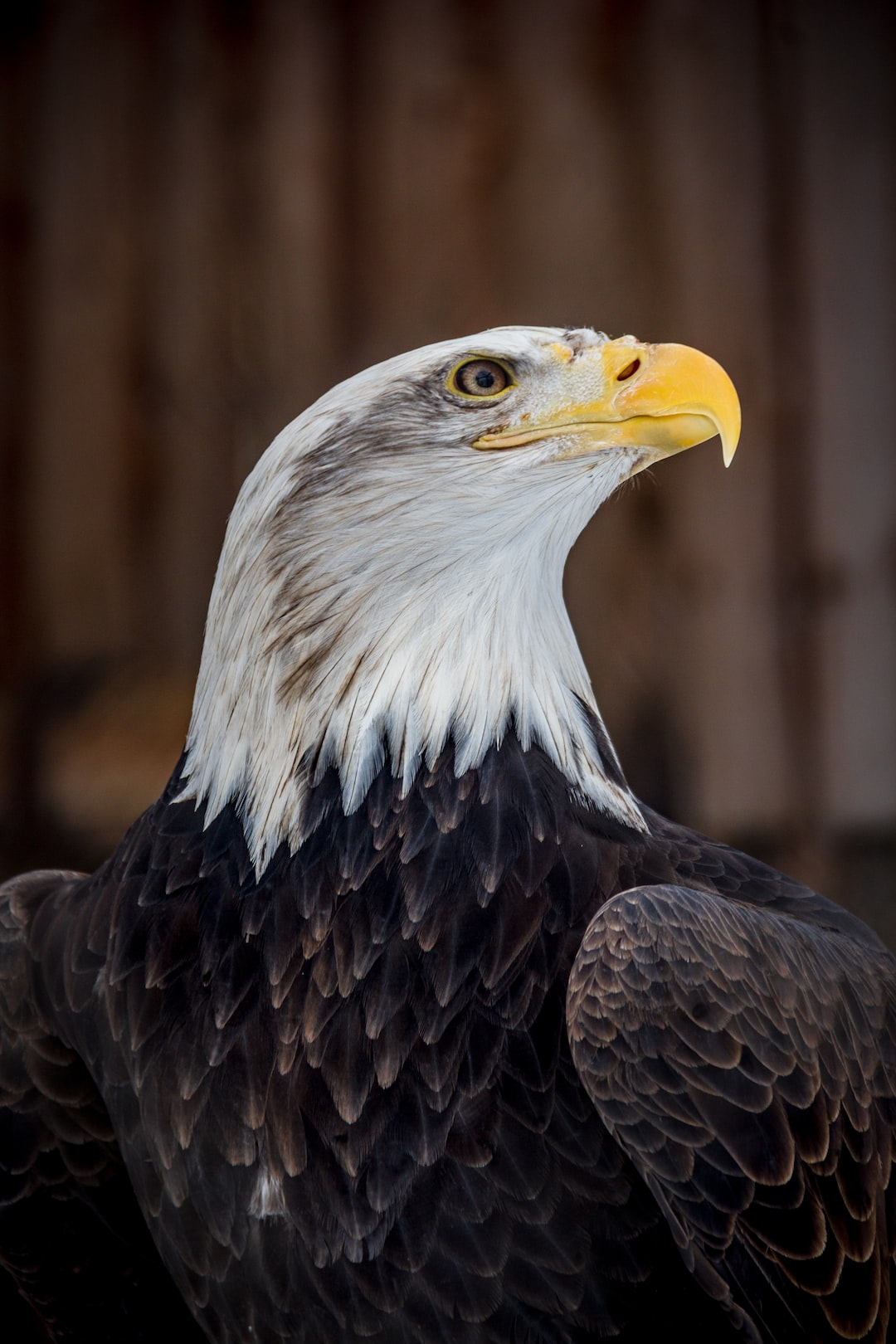Title: The Plight of Endangered Species: How Human Actions Impact Animal Survival
Introduction (150 words):
In our rapidly changing world, the plight of endangered species has become a pressing issue. Human actions, driven by various factors, often lead to devastating consequences for animal survival. From habitat destruction and illegal wildlife trade to pollution and climate change, our actions have pushed many species to the brink of extinction. This blog post aims to shed light on the intricate relationship between human behavior and endangered species and the urgent need for corrective action.
Habitat Destruction: A Major Threat (200 words):
One of the primary factors contributing to the decline of endangered species is habitat destruction. The ever-increasing human population requires more space, resulting in deforestation, urbanization, and land conversion. These activities drastically reduce the availability of suitable habitats for wildlife, making it difficult for animals to find adequate food, shelter, and reproduction grounds. Iconic creatures like the orangutans in Borneo, or the cheetahs in Africa, suffer immensely as their natural homes are destroyed due to human greed and expansion. If we continue to disregard the importance of intact ecosystems, countless species will lose their battle for survival.
Illegal Wildlife Trade: Silent Annihilation (200 words):
The illegal wildlife trade, a multibillion-dollar industry, poses another grave threat to endangered species. Pangolins, rhinos, elephants, and tigers are among the many charismatic animals hunted and traded for their body parts. Traditional medicine, trophies, and exotic pets drive this illicit business. The demand for these products is primarily fueled by misguided cultural beliefs and status symbols. Sadly, this ruthless trade not only pushes animals closer to extinction but also destabilizes entire ecosystems. Tightening law enforcement, raising awareness, and promoting sustainable alternatives are necessary steps to combat this cruel practice.
Pollution: Slow Poisoning of Species (200 words):
Pollution, in its various forms, is silently poisoning both terrestrial and aquatic ecosystems, threatening countless species. Toxic chemicals, industrial waste, plastic pollution, and oil spills cripple habitats and compromise the health of animals and their surrounding environments. Aquatic wildlife, such as dolphins, turtles, and fish, bear the brunt of pollution, risking entanglement, ingestion, or impaired reproductive capacities. Even on land, species like birds, bees, and insects suffer from pesticide exposure and air pollution, rapidly declining in numbers. Raising awareness, implementation of eco-friendly practices, and stricter regulations are crucial to mitigate the impact of pollution on endangered species.
Climate Change: The Ticking Clock (200 words):
Perhaps the most challenging threat endangering species today is climate change. Rising temperatures, extreme weather events, and changing rainfall patterns disrupt the delicate balance of ecosystems worldwide. Polar bears, coral reefs, and migratory birds are just a few examples of animals whose existence is endangered due to climate change. The rapid melting of Arctic ice drastically reduces the polar bear’s access to prey, threatening their survival. Similarly, coral reefs struggle to adapt to rising sea temperatures, causing widespread bleaching and species loss. Urgent global efforts to reduce greenhouse gas emissions, promote renewable energy, and protect vulnerable habitats are crucial to give endangered species a fighting chance.
Conclusion (150 words):
The plight of endangered species is a reflection of our collective failures as humans. As we continue to encroach upon natural habitats, engage in illegal wildlife trade, pollute ecosystems, and fuel climate change, countless animals suffer the consequences. However, hope remains as conservation efforts, legislation, and international initiatives gain momentum. By understanding the profound impact of our actions on animal survival, we can pave the way towards a more sustainable future. It is our ethical responsibility to embrace a symbiotic relationship with the natural world, striving to protect and preserve the incredible diversity of life on Earth. Each one of us has the power to make a difference, and together, we can ensure the continued existence of endangered species for generations to come.

